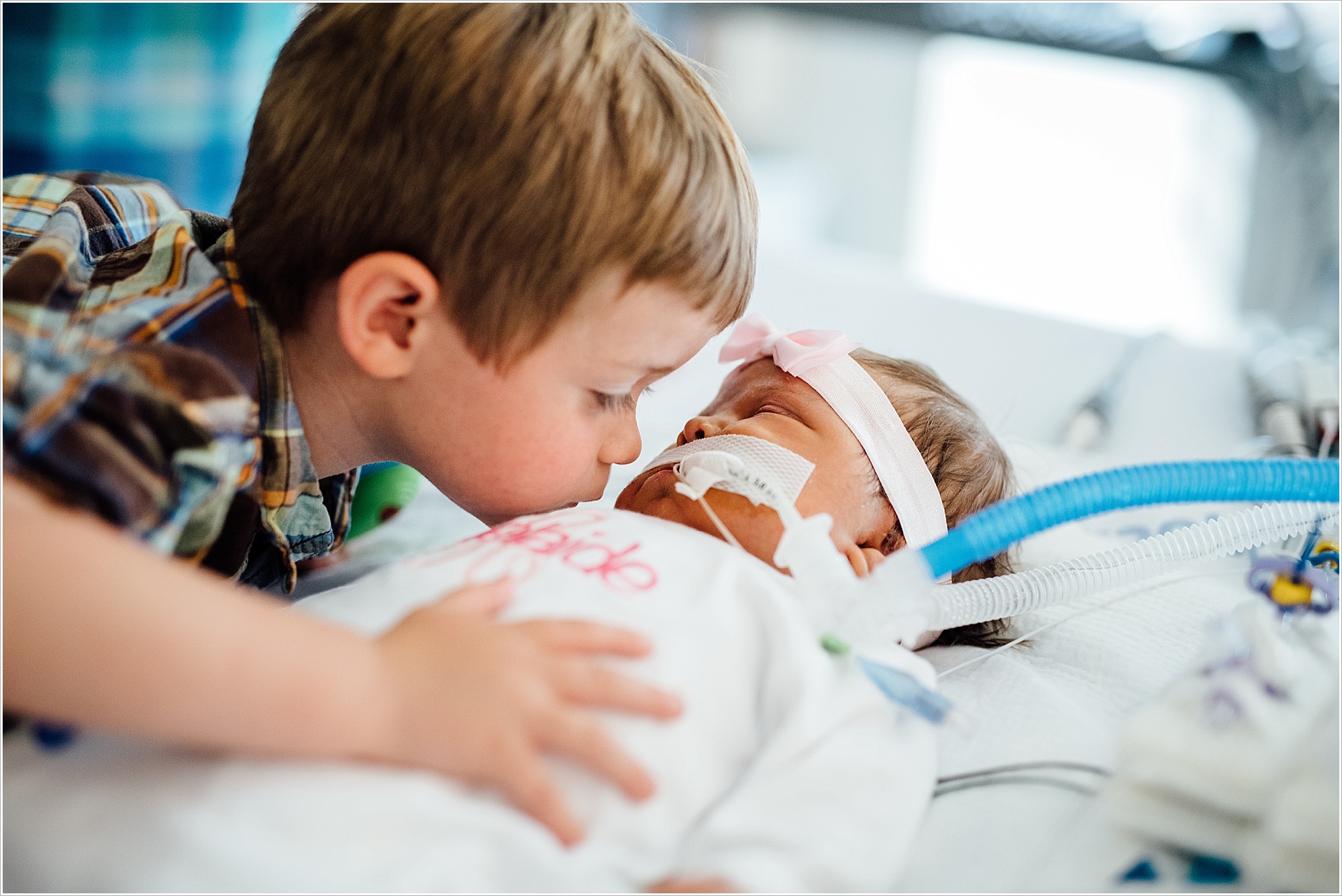
After a recent Click Pro conversation and as a follow-up to my “Giving Back” Clickin’ Moms blog post in December, I wanted to share what I’ve learned volunteering my photography at Boston Children’s Hospital.
Perhaps you’re considering volunteering your time and talent in the new year, perhaps you already volunteer with an organization (e.g. The Gold Hope Project, Now I Lay Me Down to Sleep or another), perhaps a friend has asked you to enter their raging current and document their hard. Whatever the story, you hold in your hands a powerful tool. Our cameras are instruments of hope and healing – if you embrace that notion and open yourself to the beauty on the other side of pain, you may be invited into some heart-wrenching stories.
Physical therapy was my first career. For 15 years before picking up a camera I treated hospitalized patients with spinal cord injuries. Deciding to give it up to pursue my photography business full time was one of the hardest decisions of my life. There was never a day I didn’t love PT. To fill the place caring for the hurt occupies in my heart, I reached out to Boston Children’s Hospital. For the past two years I’ve been their sole in-house volunteer photographer. The demand outpaces my availability. Families who are enduring the unimaginable are desperate to document their story. Their hearts cling to their sick loved ones and images mean more to them than to any of us.
Most of us find hospitals uncomfortable so the prospect of photographing in them can be downright scary. As a PT I’m comfortable in hospitals, but I still get nervous walking into a patient’s room. Because of patient confidentiality I only know as much as I need to…their name/age/gender, are they mobile?, can they be held by a parent?, can they leave the room? I don’t know the prognosis, the family dynamics or even what kind of light is available. Some rooms are private with a big window all to themselves. Others are shared with a bed in the shadows. Some rooms are big and airy, others cramped. Hospital photography is full of unknowns but it’s the best teaching tool you could ask for.
Nothing has tuned my heart and sharpened my vision more in seven years of classes, personal projects and business
than finding and photographing human beauty in a dark corner of an aseptic hospital room
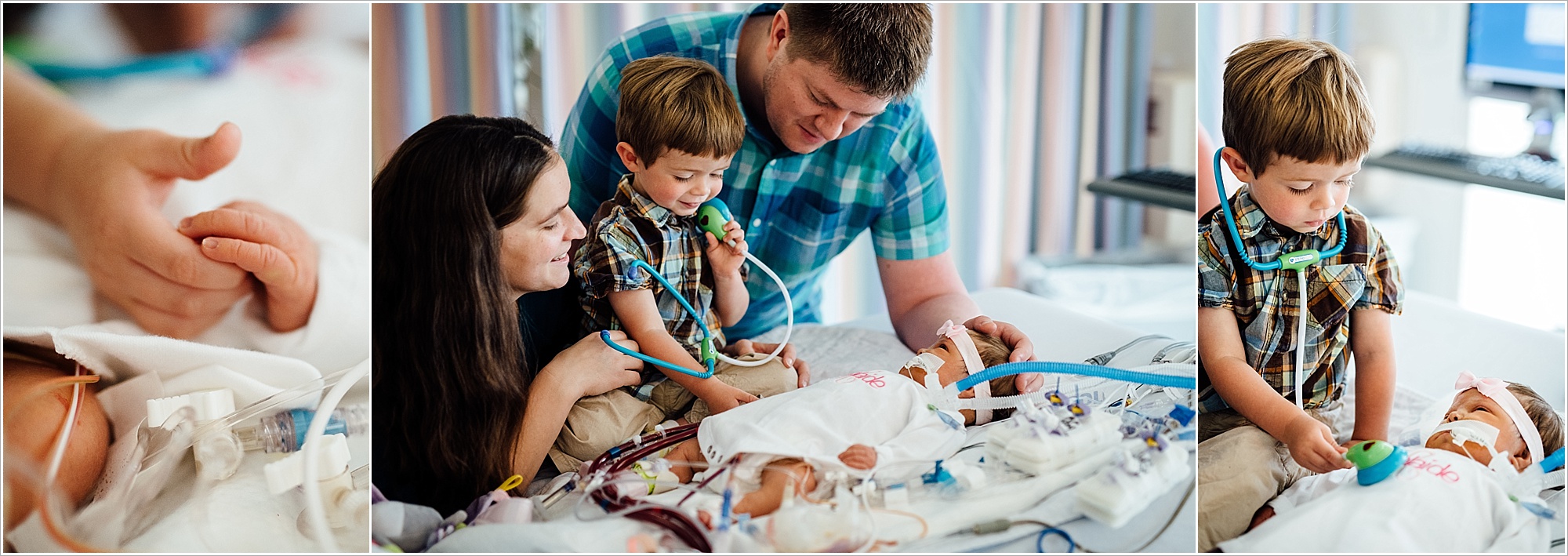
Here are some things I’ve learned along the way:
How to Get Started Volunteering
- Contact the volunteer department at your local hospital. They might have a program already in place or, like me, you might be given the opportunity to build one for them!
- If no program is in place, here are a few points to touch on with the Volunteer Coordinator
- Patient confidentiality: My image files are named for the child’s first name and last initial only. I can not print or post a single image I’ve taken of the patient or their family. I’m also not allowed to solicit a model release. I abdicate all image rights to the patient’s family. This is hard one, you guys! Some of my best work the world will never see. Just remember these images aren’t FOR you. They’re for them. Their pain is not your opportunity.
- Photographer Anonymity: This was something the hospital insisted on for my protection. Their concern is that grateful families would feel indebted to me and want to return the “favor” in kind or otherwise seek emotional support. Though my hospital badge has my first and last name on it, it’s preferred that I introduce myself by first name only and never hand a parent my business card. I’ve been asked many times for it and explain politely that hospital policy prevents me. This is hard as a family photographer whose work relies heavily on an intimate connection I work hard to foster, but I see the value in the hospital’s request.
- File delivery: This was a biggie and went before the hospital’s legal counsel as we were establishing the program. I’m sure every hospital will nuance it differently but my hospital requires that I deliver files to a shared Dropbox. Once the Child Life Specialist assigned to the patient has downloaded them, he/she contacts me and I’m required to delete BOTH the Dropbox folder and the RAW files from my card and hard drive.
- Points of Contact: It’s important to know who your hospital contacts are and who will be coordinating your schedule. My referrals come directly though the Child Life Specialists assigned to each patient. We’ve agreed they need to have at least three referrals for me to come in. When I arrive they have a loose schedule in place for me.
- You’ll likely be required to complete a hospital orientation training, possibly a volunteer department training and show proof of immunization. You’ll then be printed a hospital badge permitting access through locked doors and onto elevators closed off to the general public. After jumping through all those hoops you’re ready to roll!
- If you’ve arranged to take photos for a friend, make sure the friend clears it with nursing the day before so the patient is ready and medicated before you arrive.

Hospital Etiquette
- Dress professionally but comfortably. Hospital dress code usually dictates non-clinical staff wear pants (not blue jeans), shirts with sleeves that show no cleavage or middriff and flat shoes with closed heels.
- Remember to bring your volunteer badge!
- If you are part of a volunteer program you’ll be told where to start your day. If you’re taking photos for a friend, you should only need to check in at the front desk and get a visitor badge. Since you’re a family friend and have no contractual agreement with the hospital you’re the same as any other visitor.
- Keep your camera in your camera bag when you’re not with the family. Privacy/confidentiality is a big concern in hospitals and you might be stopped by staff or security otherwise. If you’re photographing a patient in the hallways/public areas that’s fine but other patients absolutely can’t be in the frame. The hospital has the right to ask you to re-format your card.
- Unless you ask first, don’t photograph the hospital staff involved in the patient’s care. Most prefer you don’t. Others have a special relationship with a family and wouldn’t hesitate.
- Be prepared to be interrupted often. Obviously the patient’s health care is the first priority so step out of the room briefly or offer to come back if a doctor or nurse enters the room and asks to attend to the patient.
- Hand sanitizer is outside every patient room. Use it before entering a patient’s room and again as you leave.
- Some patients are on special precautions you’ll learn about in your hospital orientation. Always check the patient’s door for a precaution sign and gown/glove as needed. Your camera bag should not enter a precaution room and can be safely left behind at the nursing station. Wear your camera at all times in a precaution room (don’t set it on a surface) and remember to wipe down the grip after leaving the room.
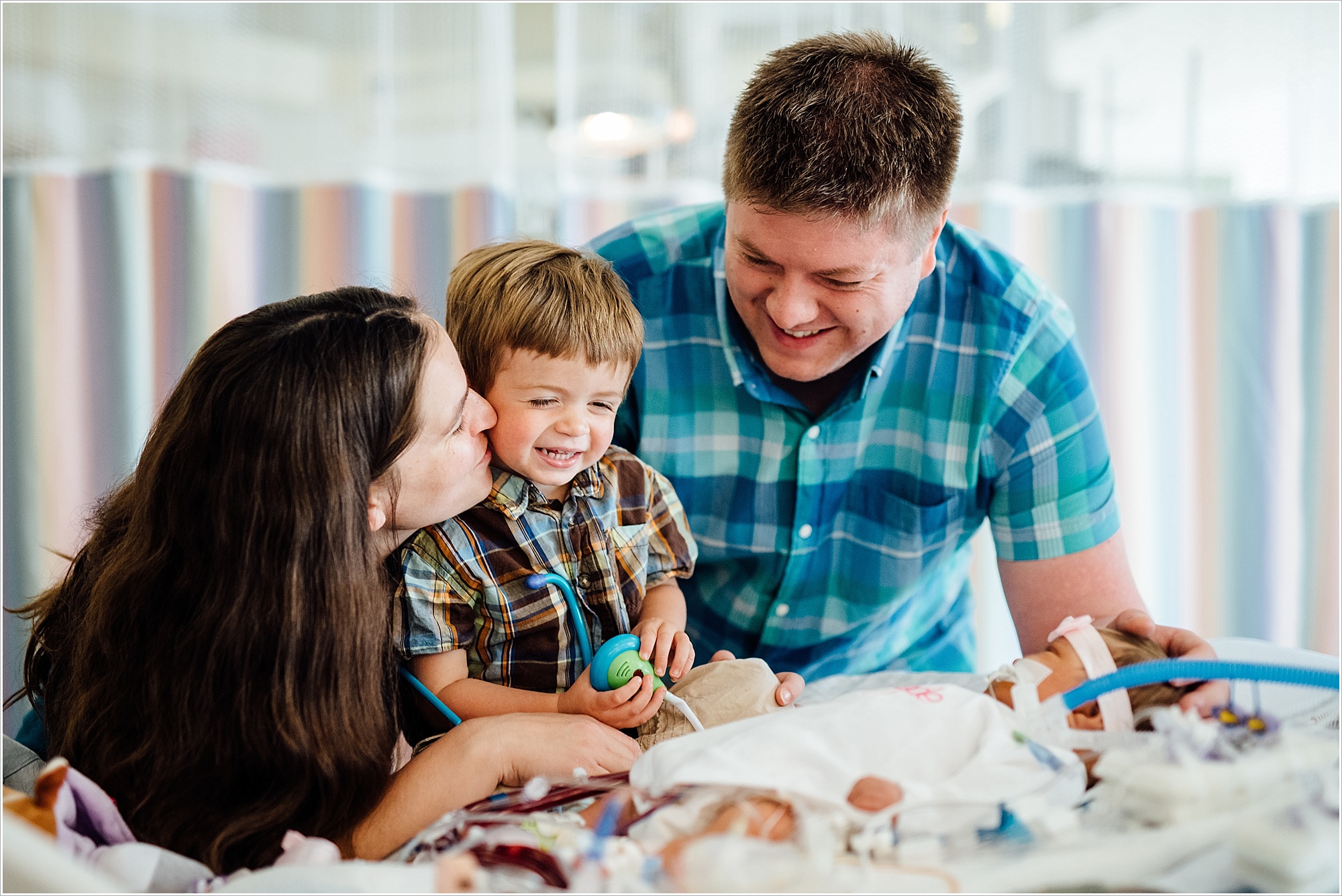
Gear and Settings
- Throw your DSLR into quiet shooting mode. It’s not a library but the closest thing to it when it comes to minimizing distractions/noise.
- White balance is horrific in hospitals…turn off the overhead lights if you can and use an Expodisc or grey card if you have one!
- I’m usually in the ISO 5-8,000 range on my Nikon D850. I’ve pushed it higher but the images degrade pretty quickly. If my ISO in approaching 10K I snap the lights back on and make the most.
- You can get by with a zoom lens but a prime lens is preferred (if you have one). This is the time to open that aperture wide and be slow and steady with your focus.
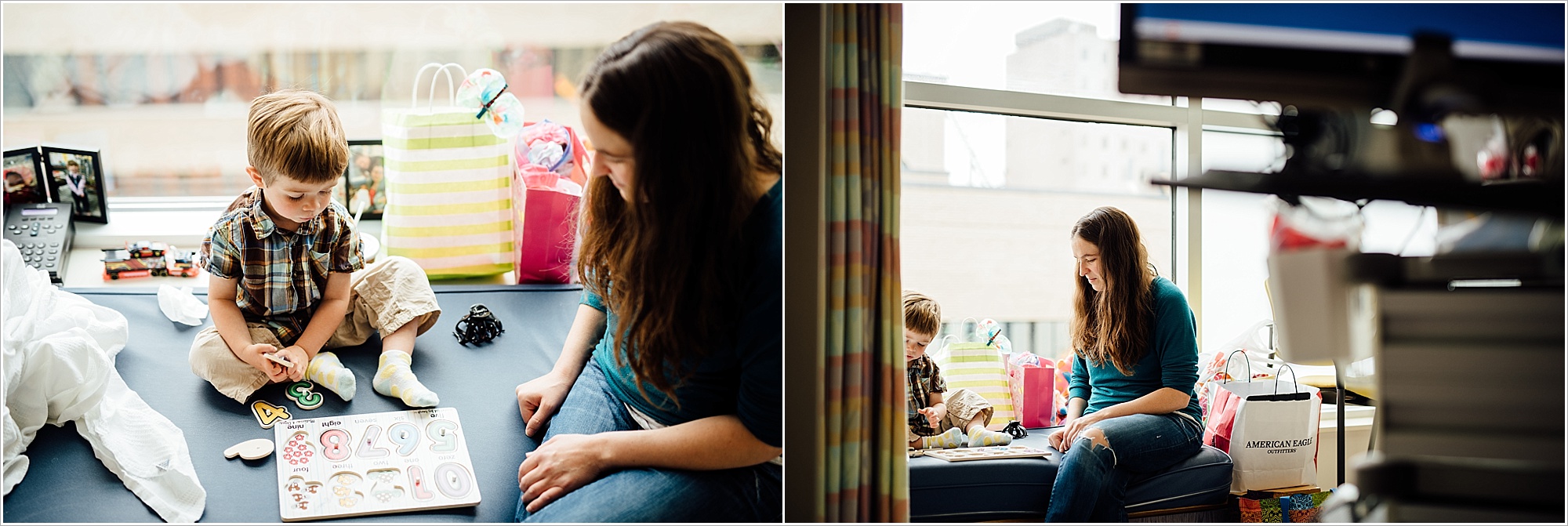
Bedside Manners
- Be personal but not intrusive. It’s ok to ask questions about the family (siblings, where they live etc.) but I never ask about the patient’s diagnosis or prognosis. Once the family senses your heart for them, it’s likely they’ll confide that to you but it’s yours only to receive, not ask for.
- Be slow and deliberate. Listen and receive what you witness with your whole heart so you can best mirror the family’s love for the patient.
- Be efficient. You don’t want to give the impression of a snap and dash but you also need to be respectful of the family’s time. I’m typically in a room for 20 minutes…less if hospital staff interrupt or I sense the family is just done.
- Always step outside the room when hospital workers arrive and need to discuss the patient’s case. If you sense it will be brief you can resume once they leave. Otherwise visit another patient and come back to that one.
- When photographing children, strongly encourage parents to get in the frame. I’ve primed my coordinators to warn parents that I’m absolutely going to ask them to get in the photos. Many parents are hesitant. “I look so tired”, “I’ve never looked so terrible”, “I’ll cry” are the excuses I usually hear and rarely give in to. The line that gets them to agree…You need these more than you know and {patient’s name} needs them too.
I hope you’ve found these thoughts helpful. I want to encourage you to open your hearts and your lens to hurting families. It will change you.
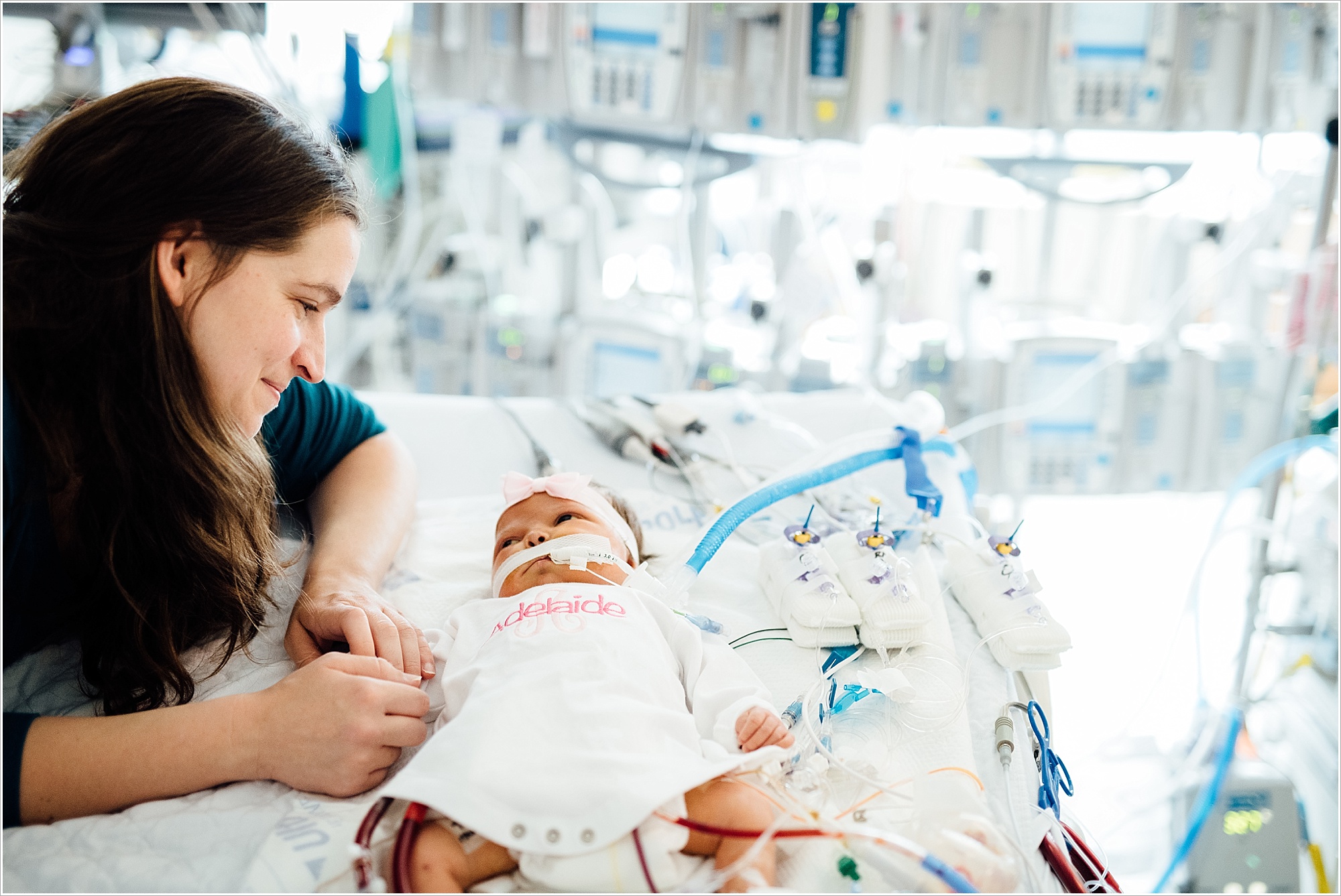
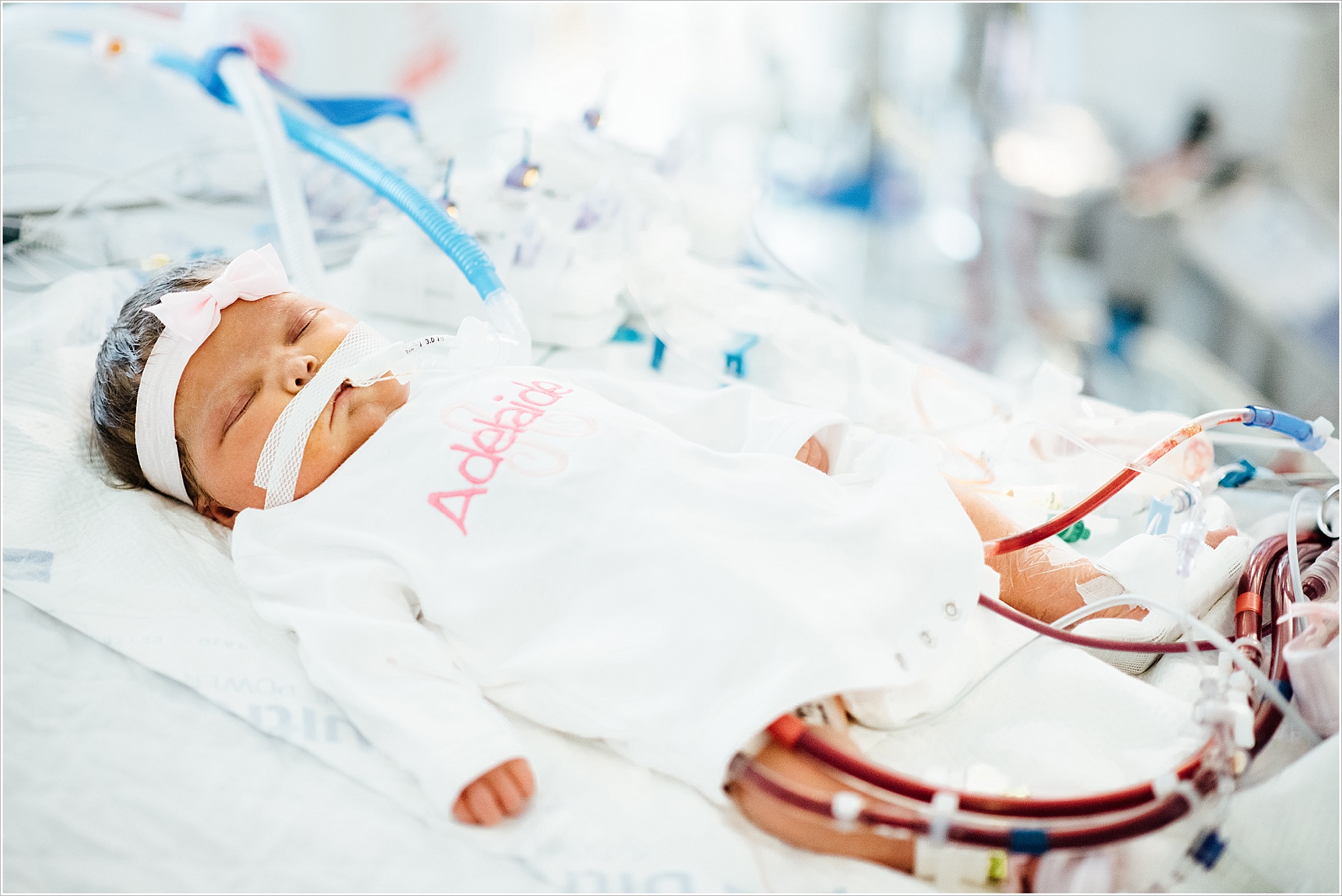
{Disclaimer: all images shared here were not arranged through the hospital but privately. Posting them here with the family’s permission.}
Comments
Be the first to post a comment